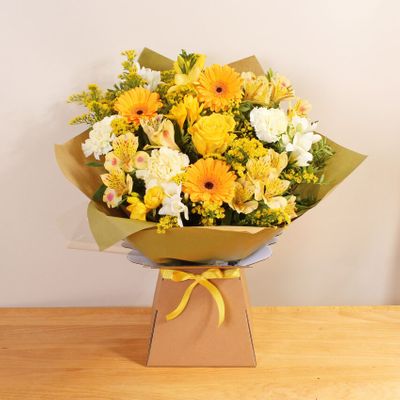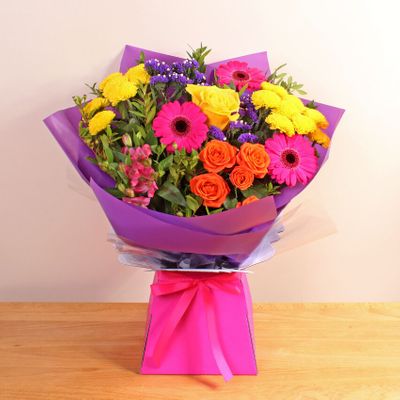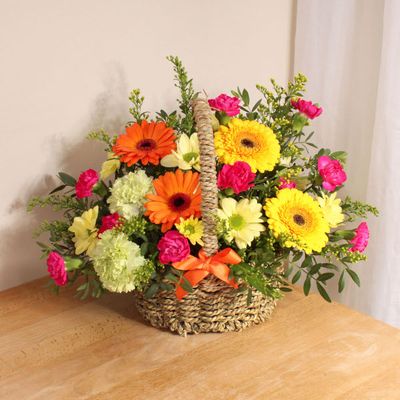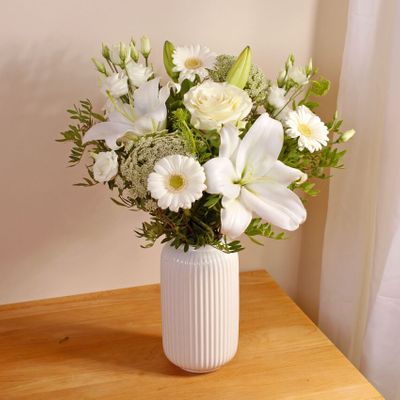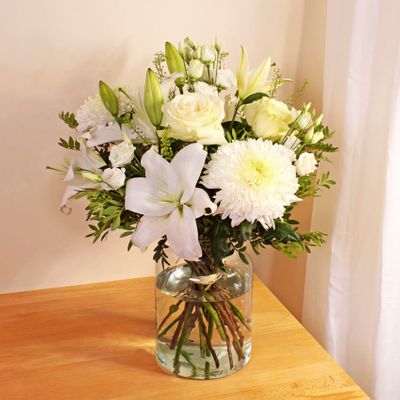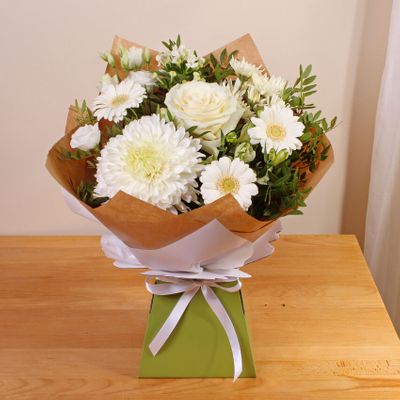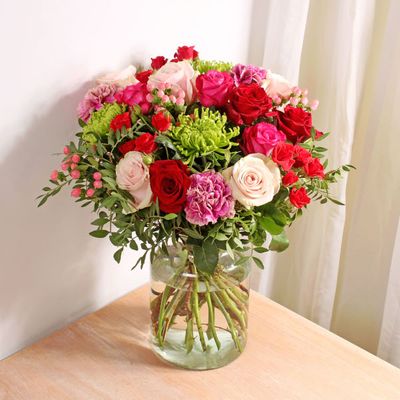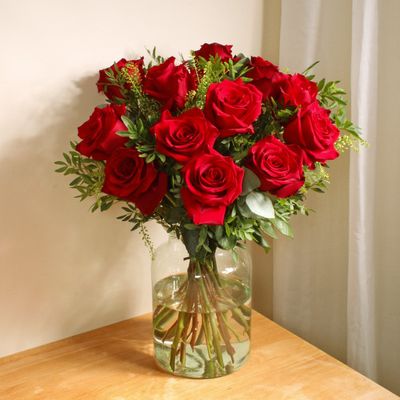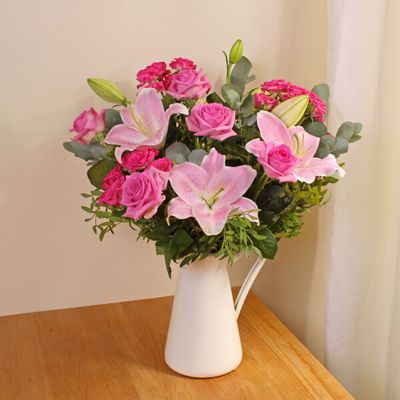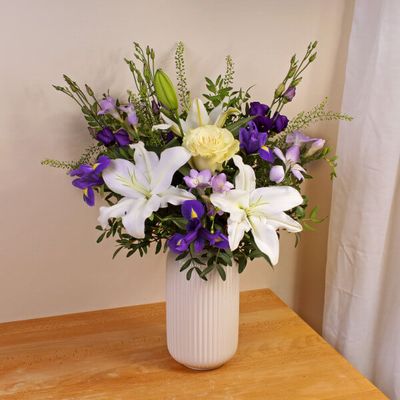At Flowers by McDowell we are passionate about flowers, but also passionate about our city’s history and we want to share that passion. Below is a brief outline of that history in relation to the flowers we love so much.
Despite being affectionately known as ‘Auld Reekie’, due to the smoke that constantly hung over the Old Town in years gone by, Edinburgh has a long tradition of furthering botanical research, promoting the natural world and inspiring florists. The city has been recognised as the capital of Scotland since at least the 15th century, however the earliest known human habitation in the area is at Cramond, where the Mesolithic remains of a campsite were found dating from around 8500 BC. Edinburgh is situated on the southern shore of the Firth of Forth and is the second most populous city in Scotland, and the seventh in the UK.
The city is home to the Scottish Government, Parliament, the highest courts in the land, and the Palace of Holyroodhouse is the monarch’s official residence in Scotland. It is also home to many national cultural institutions, for example the National Museum of Scotland, the Scottish National gallery, the National Library of Scotland, and the University of Edinburgh. In addition to this it is home to many historic sites, too, sites like Edinburgh Castle, Greyfriars church (home to the legendary Greyfriars Bobby) and an extensive Georgian New Town which was built in the 18th and 19th centuries. Together, Edinburgh’s Old Town and New Town are UNESCO World Heritage Sites. It would be remiss to talk about Edinburgh and neglect to mention the world-renowned Edinburgh International Festival and the Fringe which is the largest annual arts festival in the world. There are many other, less well-known attraction that continue to bring people, especially those with a passion for flowers and botany.
Chief amongst these attractions is the Royal Botanical Garden (RBGE), which is a scientific centre studying plants, their diversity and conservation. It was founded in 1670 as a physic garden to grow medicinal plants, and today occupies four sites across Scotland each with its own specialist collection. RBGE has a living collection of over 13,000 plant species and its Herbarium has over 3 million preserved specimens. The RBGE focuses on accelerating the discovery of species, providing knowledge resources, identifying species at risk of imminent extinction and those of particular importance to humanity, with an average of 3 new plant species described to science every month. Edinburgh is also home to the Botanical Society of Scotland, which aims to advance knowledge and appreciation of flowering and cryptogamic plants, algae, and fungi. As such, it is a valuable resource for the city’s innovative florists, not to mention flower lovers of all ages. The flowers on display here are truly breath taking, and well worthy of a visit.
Continuing the city’s fascination with flowers, Edinburgh is also home to a floral clock. It was first created in 1903 by John McHattie, the Edinburgh parks Superintendent, and it is thought to be the oldest of its kind in the world. The tradition has continued to this day and it takes two gardeners more than a month to plant the flowers and plants, some 35,000 of them, used to create the clock and it usually stays in bloom until October. Giving ample time for florists and flower lovers to visit the clock and gain some inspiration. The clock was operated mechanically until 1972, which meant it had to be wound daily.
Edinburgh is also home to numerous public parks and gardens, which green fingered residents and tourists alike visit regularly to take in the local flora and fauna. The flowers in bloom in Princess Street gardens are a sight to behold and attract many amateur and professional florists. Princess street itself, and the surrounding area is lined with flower shops, offering flower delivery for all occasions. Edinburgh is home to many independent, artisanal florists who can make any flower design imaginable.



